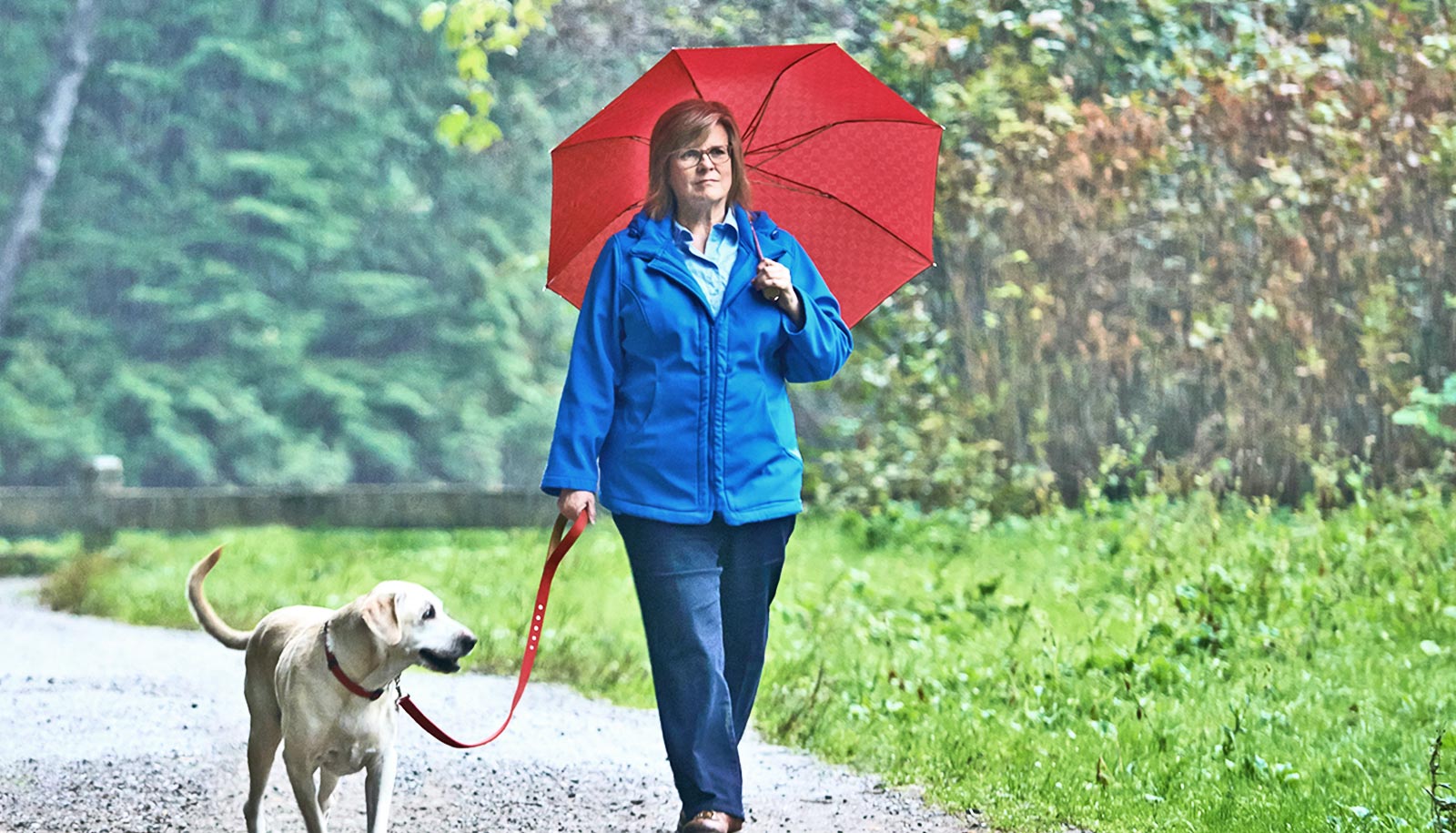Increasing green space in United States cities may substantially reduce mortality from all causes, according to a new study.
The nationwide study found that increasing green vegetation in large, metropolitan areas could have prevented between 34,000-38,000 deaths, based on data from 2000-2019. The study also shows that overall greenness in metro areas has increased in the past 20 years, by nearly 3% between 2000-2010 and 11% between 2010-2019.
The study builds upon well-established research on the health benefits of greenness by providing a quantitative value to the potential impact of urban greening initiatives on mortality.
“We’ve known that living in greener areas can have a positive impact on our physical and mental health, but there is a lack of data on how changes in greenness distribution can affect death rates across the country,” says study lead author Paige Brochu, a PhD student in the department of environmental health at Boston University School of Public Health.
“Our study quantifies the impact of greenness expansion in urban areas and shows how increasing green vegetation could potentially add to a person’s life expectancy. Policymakers and urban planners can use this information to support local climate action plans and ensure that those plans include greening initiatives.”
Green space isn’t the same everywhere
For the study, Brochu and colleagues used publicly available population data from the US Census, mortality data from Centers for Disease Control WONDER system, and greenness data from NASA’s Landsat satellites to conduct a nationwide health impact assessment that estimated increased green vegetation impact on all-cause mortality among adults 65 and older in 35 large US metropolitan areas.
The study period focused on three distinct time periods across a 20-year span: 2000, 2010, and 2019. Using the Normalized Difference Vegetation Index (NDVI), a widely used metric that estimates the quantity of green vegetation, the researchers calculated that 34,080-38,187 elderly deaths—or about 15 to 20 deaths per 10,000 seniors—could have been prevented between 2000-2019 with a 0.1 increase in NDVI across all 35 metropolitan areas.
They estimated that overall greenness increased by 2.86% between 2000-2010, and 11.11% from 2010-2019, with the largest regional increase observed in the South (from .40% in 2000 to .47% in 2019).
Brochu notes that greening may not be feasible in all cities, due to differences in climate, water sources, urbanization, and landscape, but city planners can use the study findings to examine local changes in greenness over time and develop an appropriate and effective climate action plan in their cities.
“Increasing greenness in an arid climate in the Southwest is different from increasing greenness in an urban area in the Pacific Northwest,” says Brochu. “If an area’s climate makes it difficult to plant lush trees, urban planners can use this greenness data as a starting point and consider other types of vegetation that may be more realistic for their local climate.”
“One of the primary questions that urban planners ask is where should they implement greening, and can we quantify the impact of greening initiatives for them—because there is a cost for tree planting campaigns or shrubbery planting,” says senior author Kevin Lane, assistant professor of environmental health.
“Being able to target which areas would have the highest reduction in mortality can justify these campaigns, not only as a mitigation measure, but as a way to directly improve health.”
Green cities and race and ethnicity
A component of this assessment also informed a case study on the health impacts of inequitable greenery distribution in Louisville, Kentucky, which was published in the 2020 report of The Lancet Countdown on climate and health. The case study estimated that a small increase in greening could have prevented 400 deaths among adults 55 and older in the Louisville metro area—and 11% of those deaths occurred in predominantly Black or low-income neighborhoods.
“While these results are important, a next step is to evaluate whether the effect of greenness in mortality is the same across race/ethnicity groups, and we are working on further analysis to evaluate this,” says coauthor Marcia Pescador Jimenez, assistant professor of epidemiology.
The researchers hope to further explore local changes in greenness distribution across other urban areas, and how these changes may have informed cities’ climate action plans. This analysis could also be replicated globally, thanks to the satellite-based NDVI measurements, says Lane.
“One of the great benefits of using satellite-based measures is that we can compare US mortality health impact assessments to those done in Europe and other areas, so that we can understand the global impacts of mortality,” Lane says. “This work will enable us to quantify whether a potential adaptation strategy for climate change could have impacts not just in our urban areas, but all over the world.”
The study is published in Frontiers in Public Health. Additional coauthors are from Harvard Pilgrim Health Care, Harvard T.H. Chan School of Public Health, and Boston University School of Public Health.
Source: Boston University



